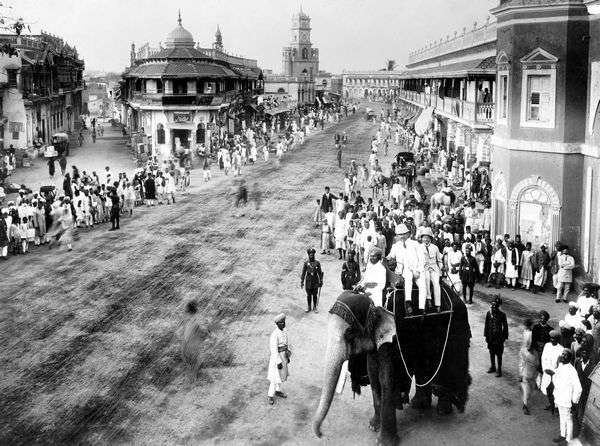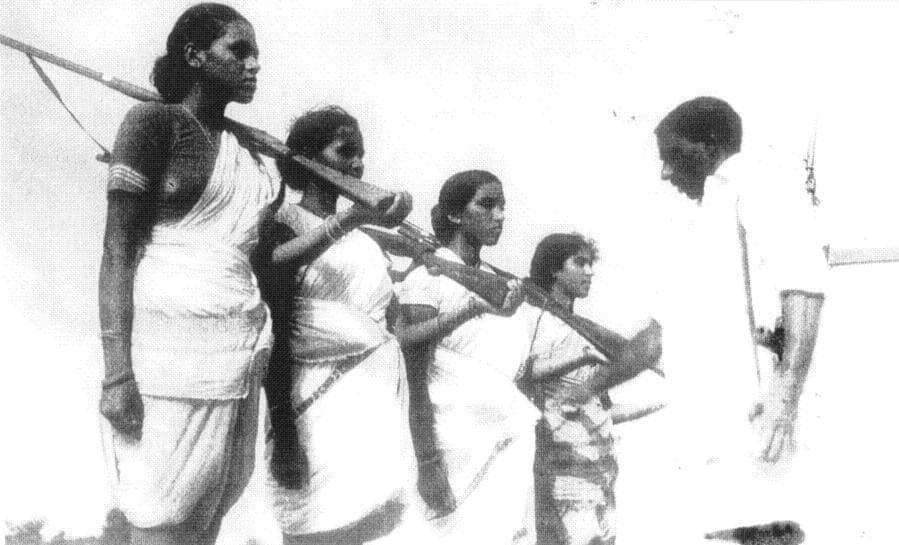History of Telangana
Ancient Glory: Dynasties That Shaped Telangana

The Satavahana Dynasty
(230 BCE – 220 CE)
Telangana was a key region under the Satavahanas, one of India’s earliest and most influential dynasties. The dynasty’s capital, Amaravati, was close to Telangana, and its rulers were instrumental in spreading Buddhism, building stupas, and promoting trade and commerce.

The Kakatiya Dynasty
(1083 – 1323 CE)
The Kakatiyas are perhaps the most celebrated rulers in Telangana’s history. Under rulers like Rudramadevi and Prataparudra, the Kakatiya dynasty flourished.
- Architectural Marvels
- Irrigation Legacy

The Bahmani and Qutb Shahi Dynasties
(1347–1687 CE)
Telangana saw the rise of Islamic dynasties that enriched its culture.
Hyderabad’s Birth
Founded in 1591 by Muhammad Quli Qutb Shah, Hyderabad became a center for Persian art, literature, and architecture.
Monuments
The Charminar and Golconda Fort are timeless contributions of this era.

The Nizams of Hyderabad
(1724–1948 CE)
The Nizams established Hyderabad as one of the wealthiest princely states in India.
Modernization
They introduced railways, hospitals, and universities like Osmania.
Cultural Fusion
Their rule marked a blending of Mughal, Persian, and Deccan cultures.
Struggles and Movements: Telangana’s Resilience

Peasant Revolts
(1946–1951)
Telangana’s agrarian history is marked by resistance against feudal oppression during the Nizam’s rule.
- The Telangana Rebellion, led by the Communist Party, was one of India’s largest peasant uprisings, demanding the abolition of feudal practices and the redistribution of land.

Formation of Andhra Pradesh
(1956)
Post-independence, Telangana was merged with Andhra to form Andhra Pradesh, despite concerns over cultural and economic disparities. The people of Telangana often felt marginalized in this arrangement, leading to growing dissatisfaction.

The Telangana Movement
(1969–2014)
1969 Agitation
Students and activists launched protests demanding a separate state, citing discrimination in jobs, education, and resource allocation.
2009 Revival
The movement gained momentum under the leadership of K. Chandrashekar Rao (KCR) and the Telangana Rashtra Samithi (TRS).
Statehood Achieved
After decades of struggle, Telangana became India’s 29th state on June 2, 2014, with Hyderabad as its capital
Cultural Renaissance
Language and Literature
Telangana is the cradle of the Telugu language. Notable poets like Pothana and Kaloji Narayana Rao have celebrated its beauty. The state also cherishes its Urdu heritage, a testament to its cultural diversity.
Art and Music
Telangana’s folk arts, like Oggu Katha, Perini Shivatandavam, and Golla Suddulu, are rich expressions of its rural spirit and traditions.
Festivals and Traditions
Bathukamma: A floral festival symbolizing womanhood and nature’s bounty. Bonalu: A vibrant offering to the Mother Goddess, celebrated with music and dance.
